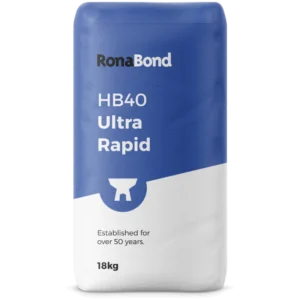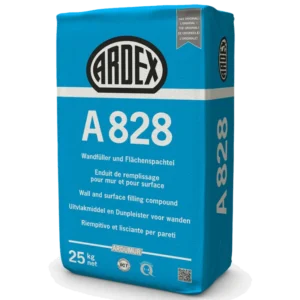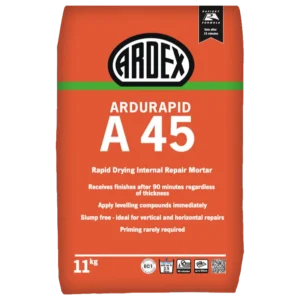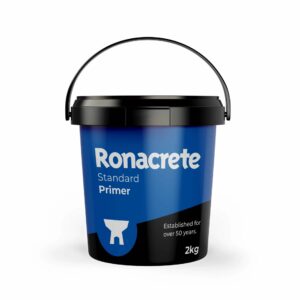£43.95 – £710.00
Pre-packed lightweight concrete high build repair mortar.
Ronacrete Ronabond HB25 – 18Kg – Pre-packed lightweight concrete repair mortar.
RonaBond HB25 is a prepacked mortar used for repairing concrete on vertical and overhead surfaces where ease of application is as important as high strength.
It can be applied in relatively thick sections to walls and soffits and, depending on the nature of the repair, in layers up to 75mm deep in pocket repairs.
RonaBond HB25 is supplied prepacked requiring only the addition of water.
The cured mortar bonds well to concrete, steel and other building surfaces. It offers long term performance and protection to structures.
Following the preparation of concrete and steel, thoroughly damp all concrete surfaces to be repaired with clean, potable water. Remove any standing water. Brush and apply Ronacrete Standard Primer as appropriate to the steel and allow to become tacky, not dry.
Ronabond HB25 – Pre-packed lightweight concrete repair mortar must be applied on to the wet or tacky primer before the primer dries.
When applying multiple layers to achieve the total depth these can be built up monolithically (wet-on-wet) or after previous layers have firmed up.
Keying and priming (with Ronacrete Standard Primer) between hardened layers is necessary to ensure total adhesion through the repair.
Not quite what you’re looking for? Browse more of our Ronacrete range.
View a range of Ronacrete Projects.
| Quantity | 18Kg Bag, 5 x 18Kg Bags, 10 x 18Kg Bags, 15 x 18Kg Bags, 20 x 18Kg Bags |
|---|





Queens Avenue, Macclesfield SK10 2BB
UK Company Reg No: 14483832
VAT Reg No: 428308593